Author: Ángeles Blanco.

Blessed with boundless energy and eager to experiment continually, the multifaceted Miguel Barceló has been surprising us with his work for over forty years. Constantly on the move, nomad-like, he makes wherever he lays his hat his studio and the new surroundings his latest inspiration. This light, that dust, the ocean, sea caves and multidisciplinary artistic influences are what constitute the trace elements of his trajectory.

Majorca, his birthplace, was where he experimented with art for the first time, perhaps influenced by his mother who painted for a time, or perhaps because he had it coursing through his veins. What is certain is that it was here that he learnt to love the grottos and the sea and formed a friendship with Joan Miró whose heavy influence can be seen in the markedly Expressionist animal themes of his early work. In those early days of the 70's, on a visit to Paris he discovered artists such as Paul Klee and Dubuffet and found himself influenced by Art Brut that gave him the impetus to explore uncharted territory himself. Among others, Mark Rothko, Jackson Pollock, Willem De Kooning and Lucio Fontana were all artists who gave him momentum whilst Velázquez, Tintoretto and Rembrandt were his link to tradition. Baroque painting, American Abstract Expressionism, Arte Povera, Action painting and Conceptual Art have all influenced the imagination of this Neo-impressionist who, self-taught by means of voraciously reading everything he could lay his hands on, ended up forging his very own artistic path.


An incessant experimenter, taking full advantage of the Nature and organic elements around him, some of his work is on its own journey and evolves with the passage of time. He puts his paintings outdoors at the mercy of the elements, deliberately allowing them to rust or crack, using organic material whose deterioration is very much part of his artistic meaning. As in his 1986 exhibition Cadaverina 15 in Majorca, where he displayed 225 boxes containing organic and inorganic products that proceeded to decompose over time. He has also used the "dripping" technique on canvasses subsequently painted over with white. In the 80's his style moved more towards the figurative where zoological themes proliferated. Whereas with paper and card collage techniques, he created a series of self-portraits, depicting himself painting in his studio, and one of still-lifes while in Paris.

In his Nature-inspired work, the Mediterranean and Africa are his most important reference points. During his time in Mali, contact with the natives and their desert life, have impacted on his themes as much as his methodology. Concerns about the natural world, the passing of time, roots, scenes of daily life and African landscapes, small format, more detailed drawing, thick and dark pasting on of paint to give a relief effect and achieved using the mud and pigments he has to hand locally.

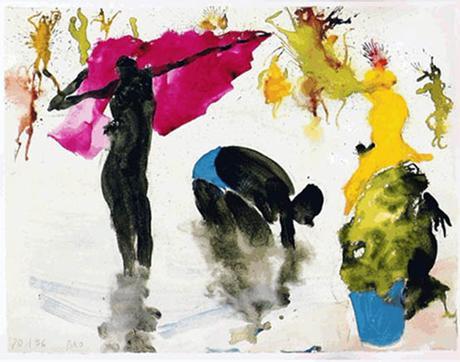
The sea is another of Barceló's recurring themes, The Mediterranean and Majorca having inspired many of his paintings: blue and white seascapes like waves lapping or the azure sea beds he sees for himself while diving deep down. Along with the desertscapes, they are scenes of Nature's infinity and of heightened symbolism.
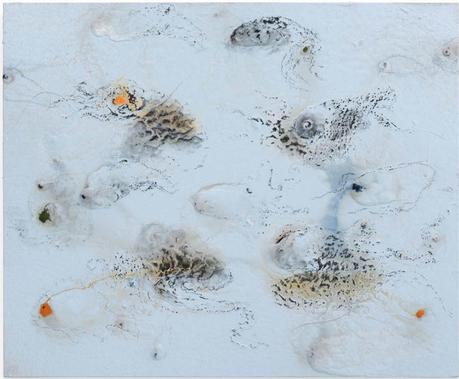
Barceló, defined by Enrique Vila-Matas as having «amazing energy, a strong attachment to his 'home', happily mad», formed part of the scientific committee that carried out the reproduction of Chauvet Cave art, whereby all 400 animal paintings found in the original cave in the heart of Ardèche were replicated. He admits he accepted this challenge so as to continue visiting the place. «Discovering that cave was a major shock. It made me understand the history of art differently. Chauvet is art that we are incapable of understanding».
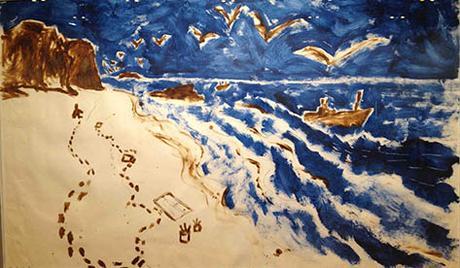
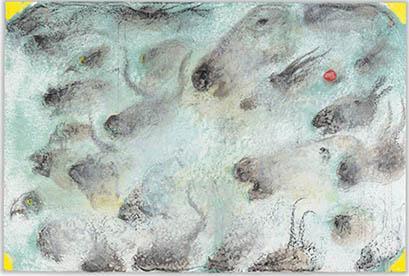
In 1986 began his foray into architectural art with the painting of the dome of the lobby at the Flower Market Theatre in Barcelona. Here we saw the first appearance of glazing and the superimposing and abundance of materials giving a final impression of transparency.

One of Barceló's projects of the most searing magnitude, which he himself described as «physically very intense», was his decoration for the St Pere Chapel of Palma de Majorca cathedral which, after two phases of work on it, was finally finished in 2007. Here the liturgical narrative was represented in stone, stained glass, various pieces of furniture and a 300 square meter ceramic mural showing Christ, but no cross, surrounded by vegetation and maritime motifs, bread and fishes to illustrate the Feeding Of The Five Thousand, shore fauna, urns and Roman ruins referencing the classical world. Barceló has no interest in sacred art but yes in the spirituality of the places he works.

The dome of Room XX or the Human Rights and Alliance of Civilisations Room used by the United Nations Human Rights Council, in the Palace of Nations (Geneva) was one of his most controversial and at the same time, internationally renowned sculptural installations. It is an immense 1400 square meter dome from which fall 35 tonnes of paint drops shaped like stalactites and coloured with pigments sourced worldwide. The result is evocative of a cave and the sea, with waves seemingly crashing thanks to stippling, which is why he is considered the inventor of Xtreme Gotelé or "extreme stucco". In allusion to this technique he says, «I wanted to defy gravity and take painting against it to the extreme». Explaining what inspired it, Barceló said at the time, «On a day of immense heat in the middle of the Sahel desert, I distinctly recall a mirage of an image of the world dripping towards the sky. Trees, dunes, donkeys, multi-coloured beings all flowing drop by drop» This idea occurred to him in the planning stages of the work, as his imagination ran riot, but he also enlisted the expertise of a team of architects and engineers to develop the super-strength aluminum for the dome. Barceló explains: «The cave is a metaphor for a gathering place, the first meeting place of human beings, the shady African tree to sit under and talk of the only future possible for us: dialog and human rights» Ban Ki-Moon thanked the artist for putting unique talents to work in service of the world: «What he has created for this hall is innovative and radiant. I have no doubt whatsoever that people will come here to view it, whether they have business here or not» And the media christened it The Sistine Chapel of the XXI century. The controversy surrounding this immense work of art was due to opposition party claims in Spain that the source of its funding may have been redirected by the Spanish government away from the overseas aid budget set aside to alleviate poverty in developing countries.

Barceló was awarded an honorary doctorate by the University of The Balearic Isles in 2007. His versatility and his ability to master multiple artistic disciplines mean that sometimes all the boundaries merge, as in some of his 90's pieces, many of which had a studio look and feel to them, a good example of this being the huge "Sculpture Workshop", a perfect blend of painting and sculpture. Or some of the portraits of people close to him, paintings with a certain sculptural air and no attempt at likeness, only what the medium or the wrinkles on the paper suggest to him at any given time. Regarding the way he works, he said this about a painting from 1983: «The technique dictated the form … something that often happens. First I do something with the paint and if I think it looks somewhat like the outlines of a fish then I paint the fish». This led him to immerse himself in the world of sculpture, a logical evolution in his work if one considers the contours and reliefs that feature so heavily in his paintings. They ended up freeing themselves from the canvas and becoming sculptural. They are moulded, bronze-like creations, nothing like the workings or motifs of his paintings.
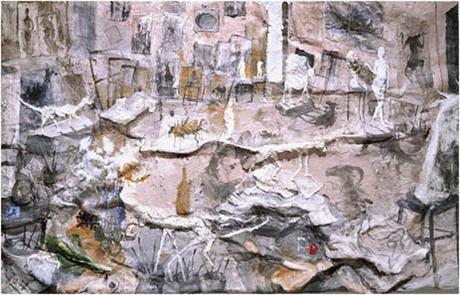

He has illustrated other authors' books and is the foremost writer of his own catalog prologues and books of drawings in which he reflects on art and the creative processes involved in his work. He has published books on art and photography ("The Underwater Cathedral"); he has illustrated publications such as "The Book Of The Ocean", a lengthy poem by Enric Juncosa, or "Too far from home", with watercolours to accompany a Paul Bowles text; a book for the blind, "Dismantled Tents ... or the unknown world of perceptions" with a braille text by Evgen Bavcar and complete with his lithographs and embossed decoration; and more than 300 watercolour illustrations for the three volumes of Dante's Divine Comedy that were subsequently showcased in an exhibition at the Louvre in Paris.
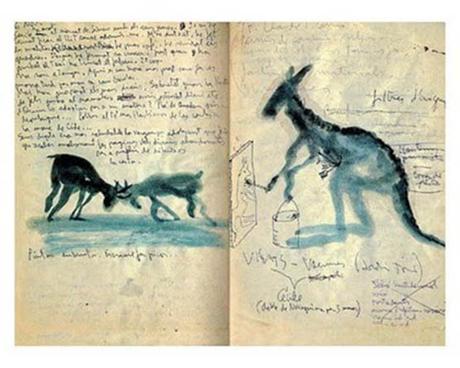

His ceramic work began in the mid 90's in Mali with modest materials and an austere technique which resulted in unique, expressive pieces of great artistic merit. And in his eagerness to experiment in all fields, he also did set designs for opera: Manuel de Falla's "Master Peter's Puppet Show" for the National Comic-Opera theatre in Paris for which he created sets, costumes and marionettes of huge dimensions; or those for Mozart's "Abduction From The Seraglio" in 2003 for the Aix-en-Provence Festival.


Without a shadow of a doubt, who we are dealing with here is Spain's most celebrated and sought-after artist whose international recognition is wholly justified by the eclecticism and "theatricality" of his much-exhibited work: enormous canvas murals, book illustrations, ceramics, sculptures, opera staging, CD covers ("Potro de rabia y miel" by Camarón de la Isla), posters (Festival Sul Novecento, Palermo 1998), entrance tickets (Arco 2005), programmes (Tour D'Espagne 1989); and on every one of his facets, he imprints the personality, energy and aggression that are his hallmarks, along with his interest in Mother Nature, both her spaces, places and the life contained within them, all set vividly against an African or Mediterranean backdrop. His work is personal, original and complex and, although similarities with other artists might be found there, his work is still impossible to categorise within any one artistic movement.
{youtube}25qc0OkdBxQ|600|450{/youtube}




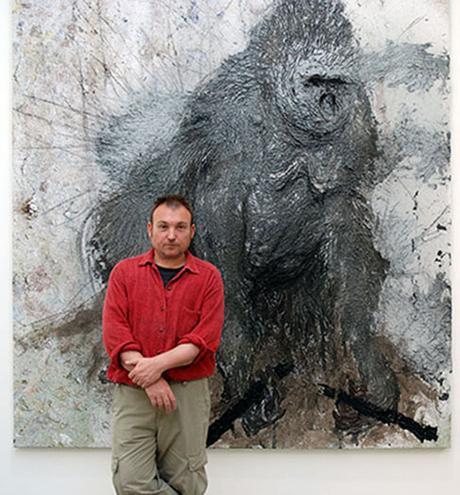
{youtube}rhUWkEqYPt0|600|450{/youtube}
{youtube}zf6fg6UdfoA|600|450{/youtube}
{youtube}DCQWT5ME2FI|600|450{/youtube}

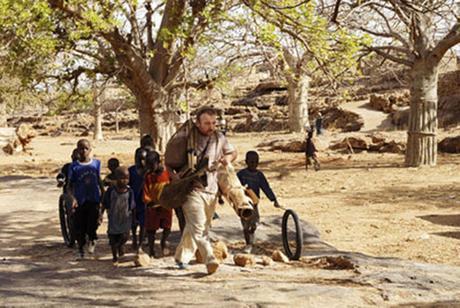
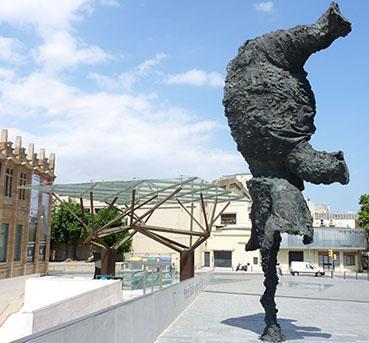



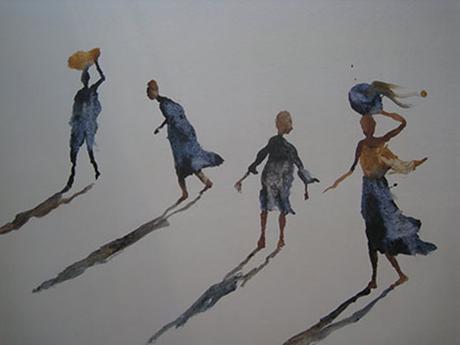

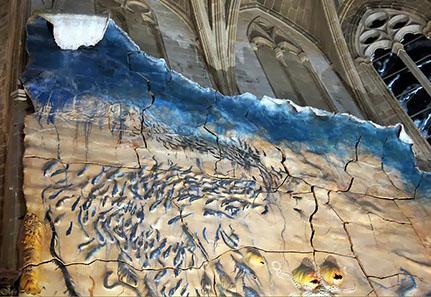


(Translated from the Spanish by Shauna Devlin)
- Miguel Barceló: Biography, Works & Exhibitions - - Alejandra de Argos -

